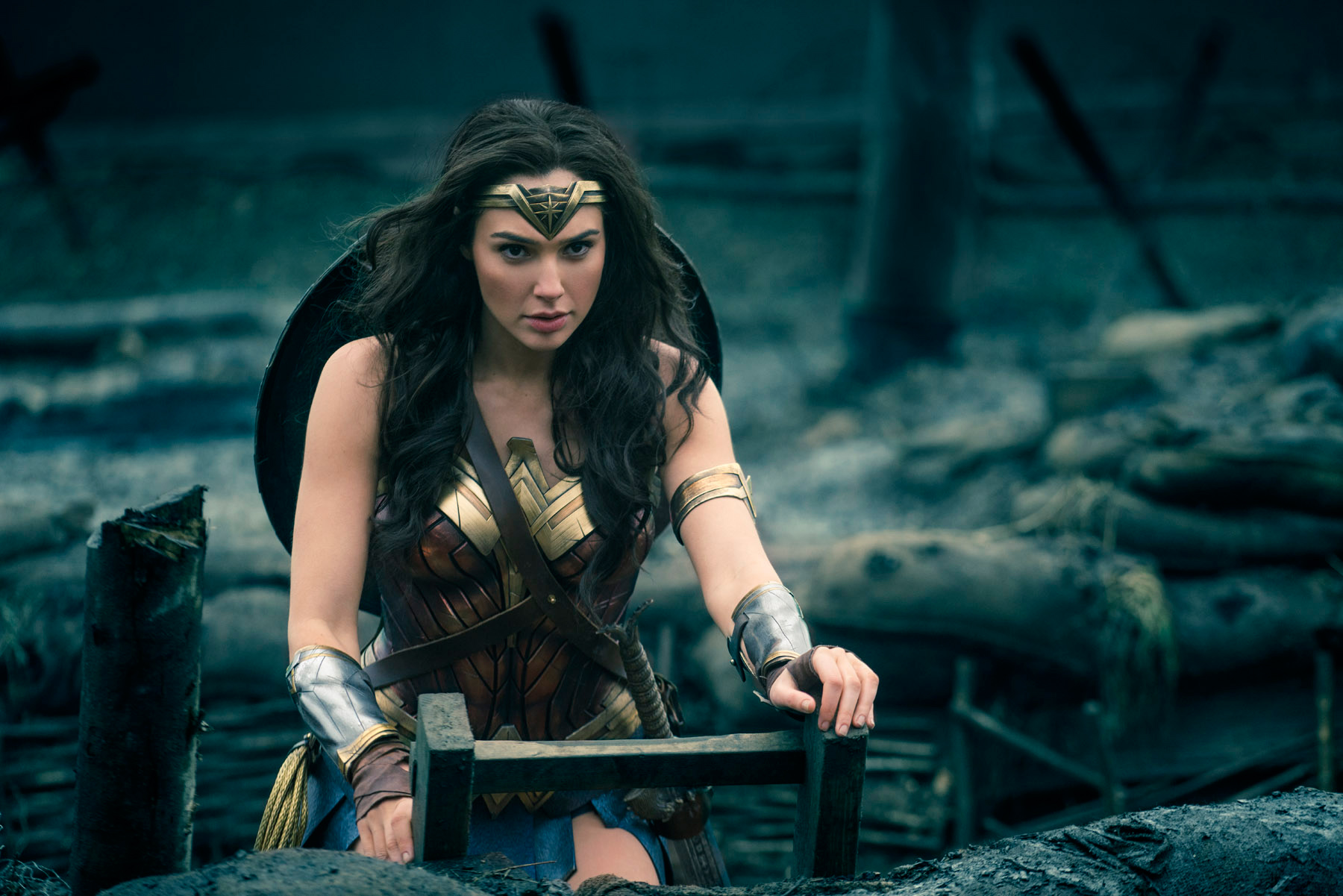With the massive success of DC Comics and Warner Bros.’ Wonder Woman, the last thing you’d call the superhero is irrelevant. But back in the late 1980s, the character – who first made her debut in 1941 – risked falling out of favor with comic book readers. Despite Lynda Carter starring as the Lasso of Truth-wielding hero between 1975 and 1979, the character didn’t have any noteworthy comic book storylines for decades. “Stories were just sorta there for the month,” Paul Levitz, comic historian and former DC Comics president, told Vulture. “It was unusual for one of the legendary characters of the comics field to have that long a dry spell.” That all changed in 1986 when Bronx-born George Pérez rebooted the story and injected the Greek mythology backstory that has cropped up in other reiterations.
This is true for the 2017 movie. When someone asked Director Patty Jenkins what comic storylines influenced her script, she revealed that both William Moulton Marston – who created the character alongside Elizabeth Holloway and artists H.G. Peter – and Pérez inspired her.
Pérez – along with Carter – received special thanks in the film’s credits. The pioneering comic book artist and writer of Puerto Rican descent recently told Syfy Wire that he had yet to see the movie starring Gal Gadot. “What I have heard, it sounds like it’s going to be a worthy film, and I’m looking forward to it, as I’ve heard a lot of good things about it,” he said. “And [I’ve] been flattered that they said that it seems to encompass a lot of the stuff that I did on the Wonder Woman series when I was writing and drawing it.”
Now Pérez is incredibly knowledgeable about the character, but growing up he wasn’t a fan. As Vulture reports, before Crisis on Infinite Earths in the mid-80s – when DC looked to push the restart button on many of its titles – writers weren’t excited to write about her. And it showed. Wonder Woman suffered with continuity issues that made the character’s storyline grueling to follow. It also was missing what made the character a feminist icon to begin with. Instead of treating her as her own character, she became a male version of Superman.
“Most of the stuff I read, unfortunately, was not the series in her heyday,” he told Variety. “The stories were rather silly. She was basically the male concept of what a female hero was, with the stereotypical trait that they gave to a lot of their female characters, in which she was worried more about having a date than saving the world.”
Before Crisis on Infinite Earths, he got to meet Wonder Woman when he worked on a Justice League of America story, which she was a part of. But the idea for her background actually came because a New Teen Titans brought the young heroes to Parade Island – Wonder Woman’s home – to face off against characters from Greek mythology. “She was more of a fantasy character,” he said. “That was the background of the Wonder Woman character, which I felt was also the thing that made her unique as a character, and I thought that it had been downplayed in order to make her more of a standard superhero.”
DC allowed him to co-writer Wonder Woman with Greg Potter, and he brought out those Greek mythology elements, which made it into the 2017 movie, and even changed Paradise Island to Themyscira. Wonder Woman’s costume remained mostly intact, but Pérez did get rid of her heels, because someone from her world would have no idea what the “fashions were on the outside.” He also used the comic book as a way to talk about ageism, domestic violence, and discrimination.
Pérez left the book in 1992, and though he changed the future of Wonder Woman, his work may not be as recognizable as some of his contemporaries. But with the recent success of the Wonder Woman film, it’s a fitting time to revisit Pérez’s contribution.
[H/T Vulture]
